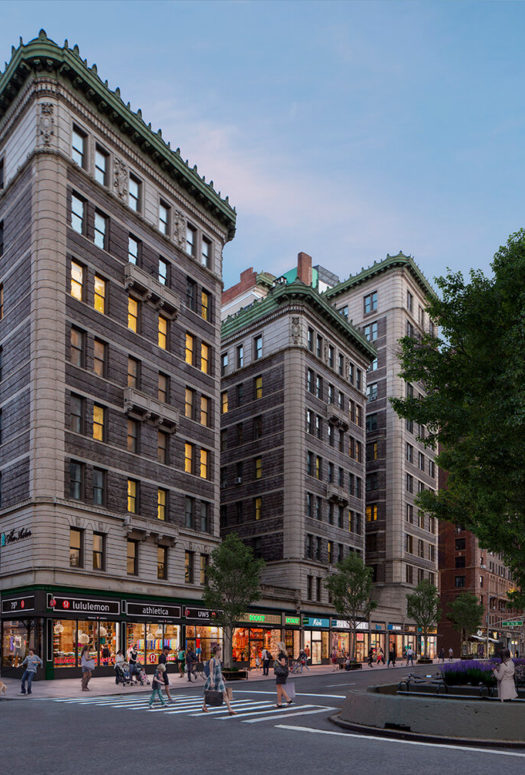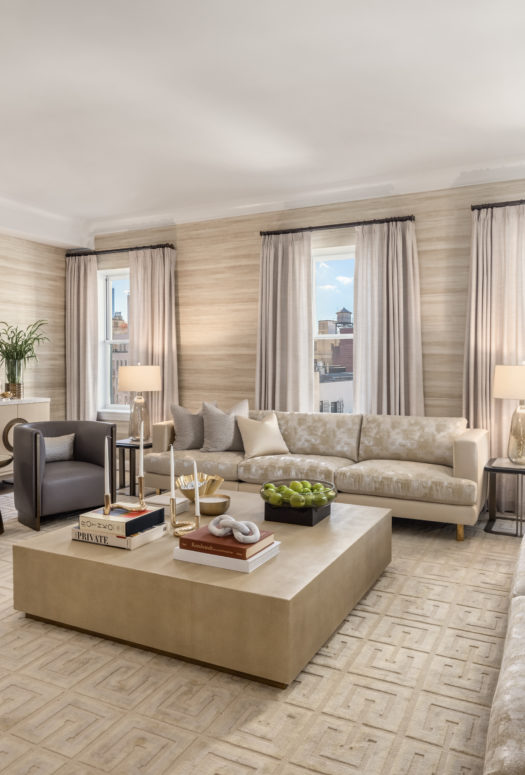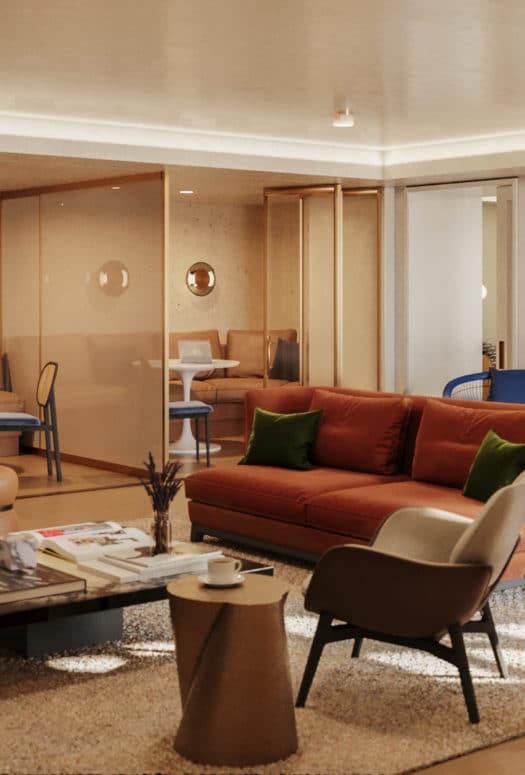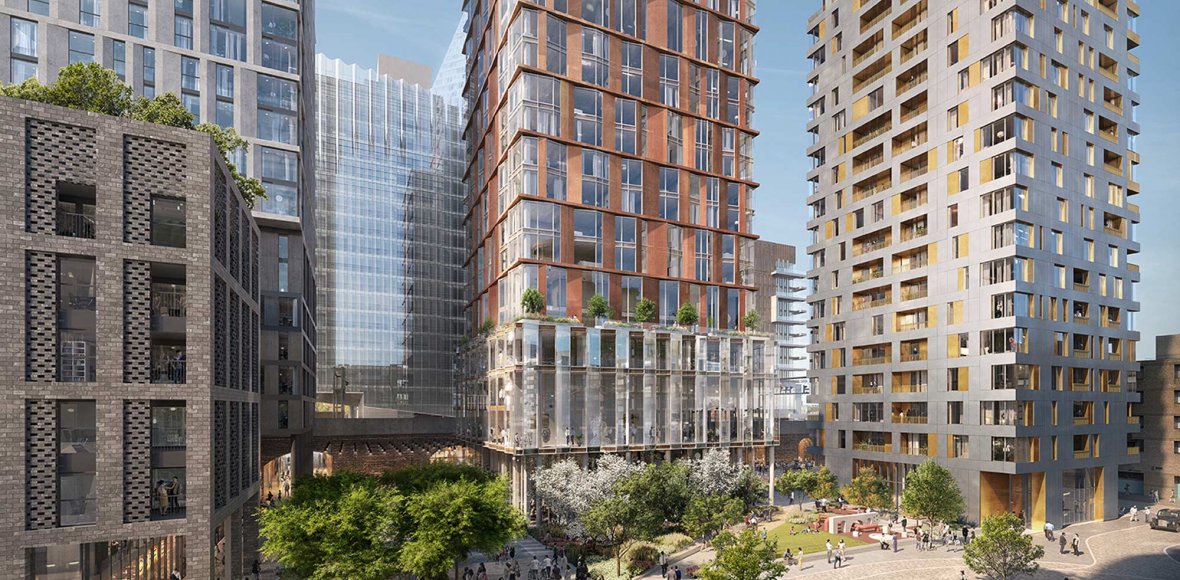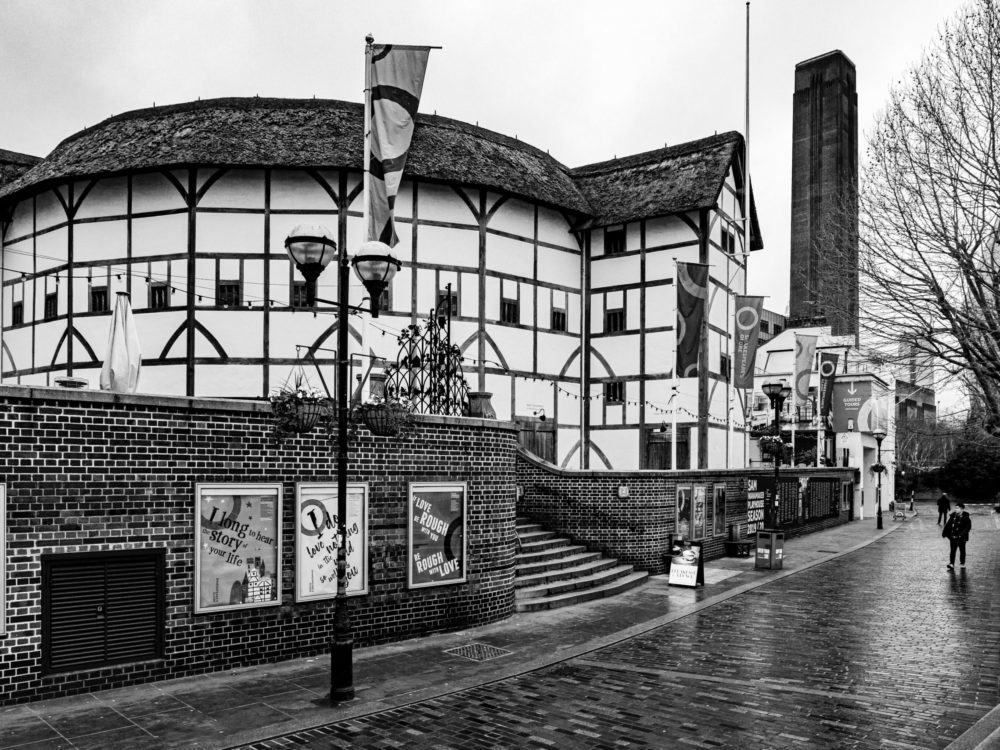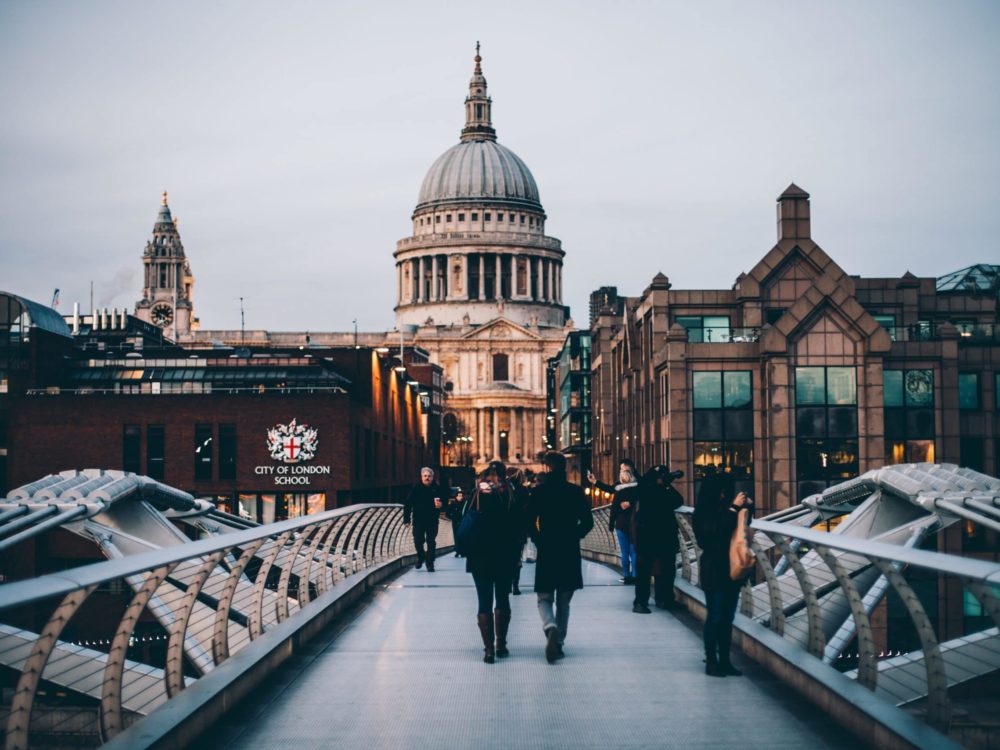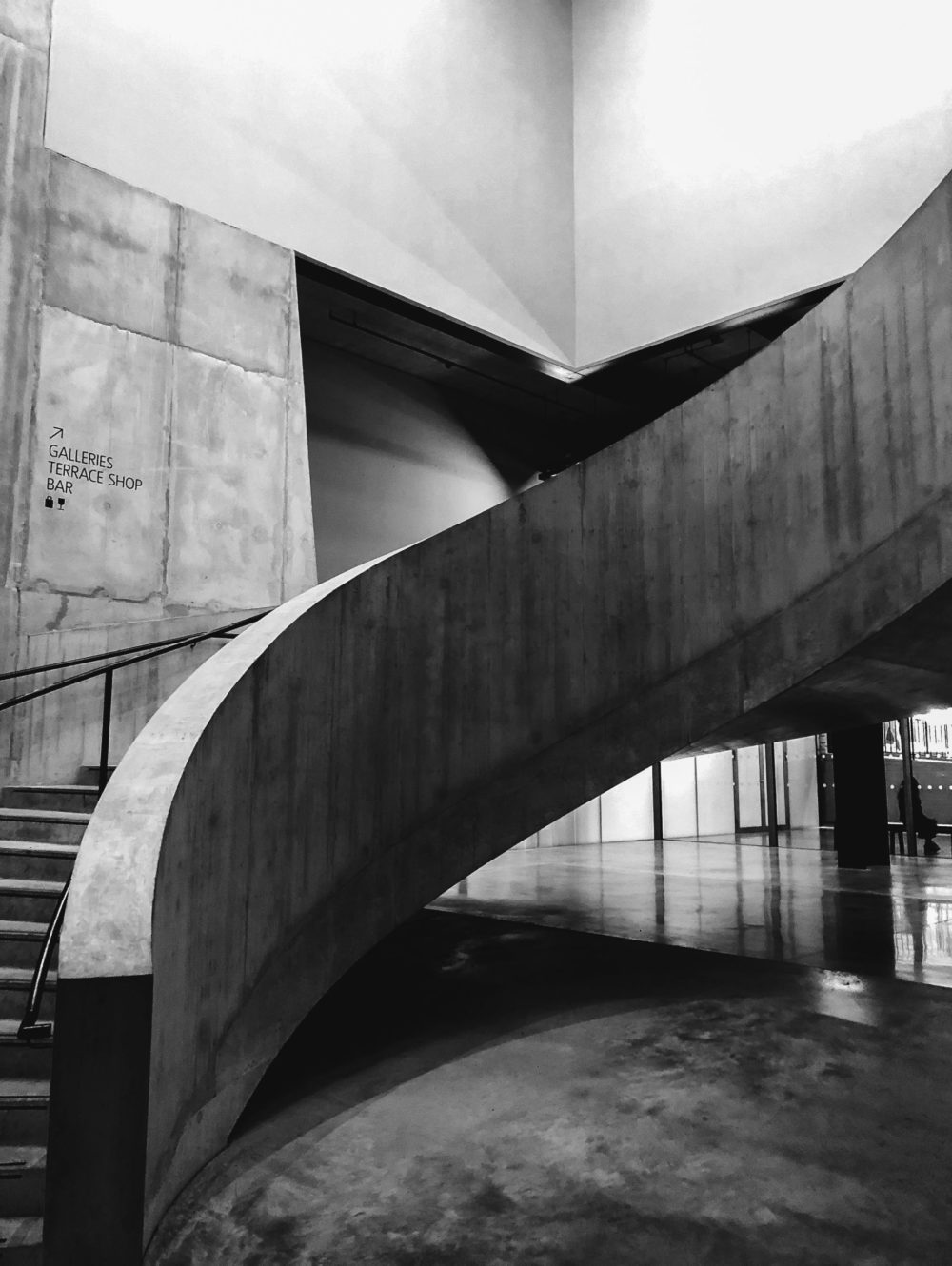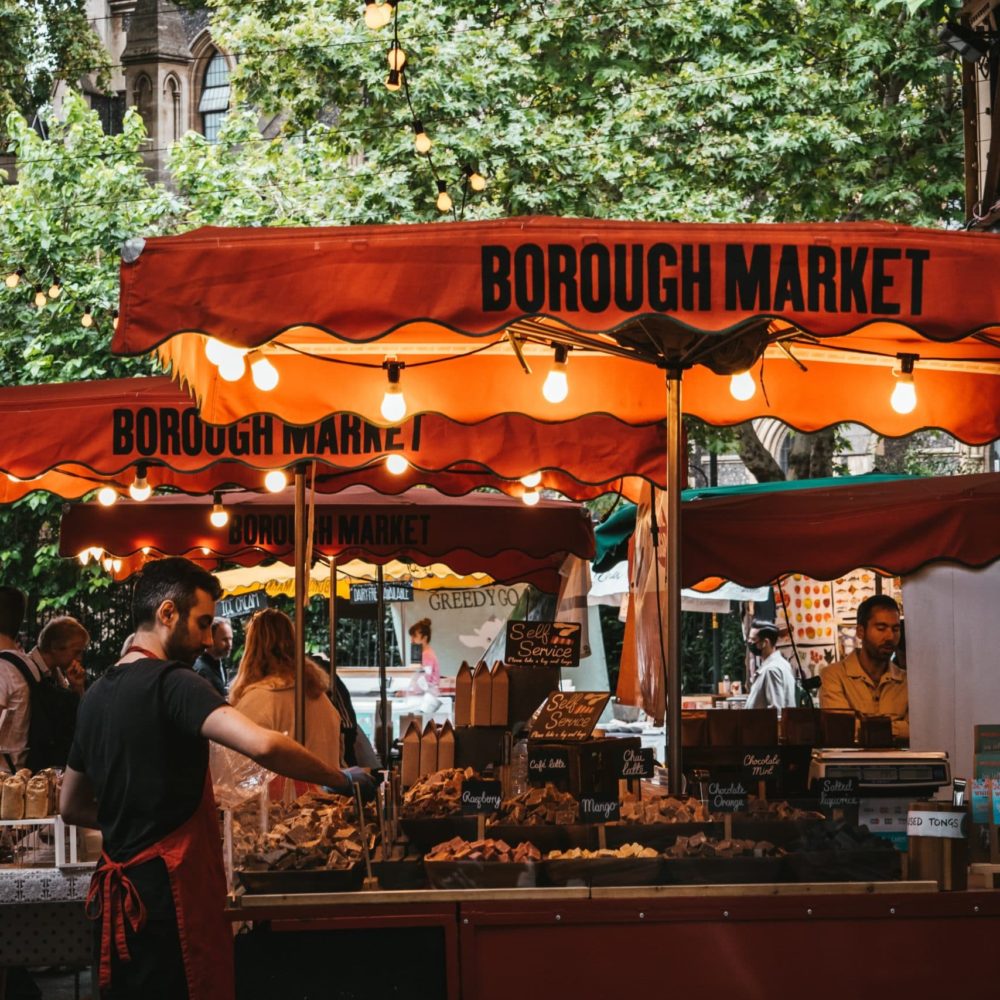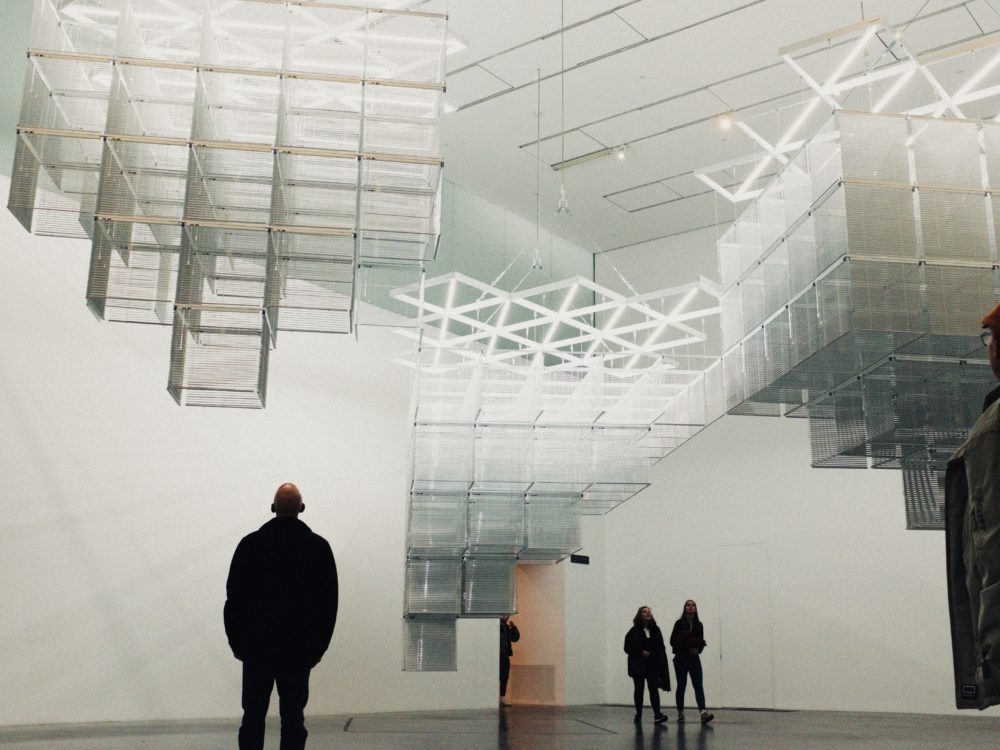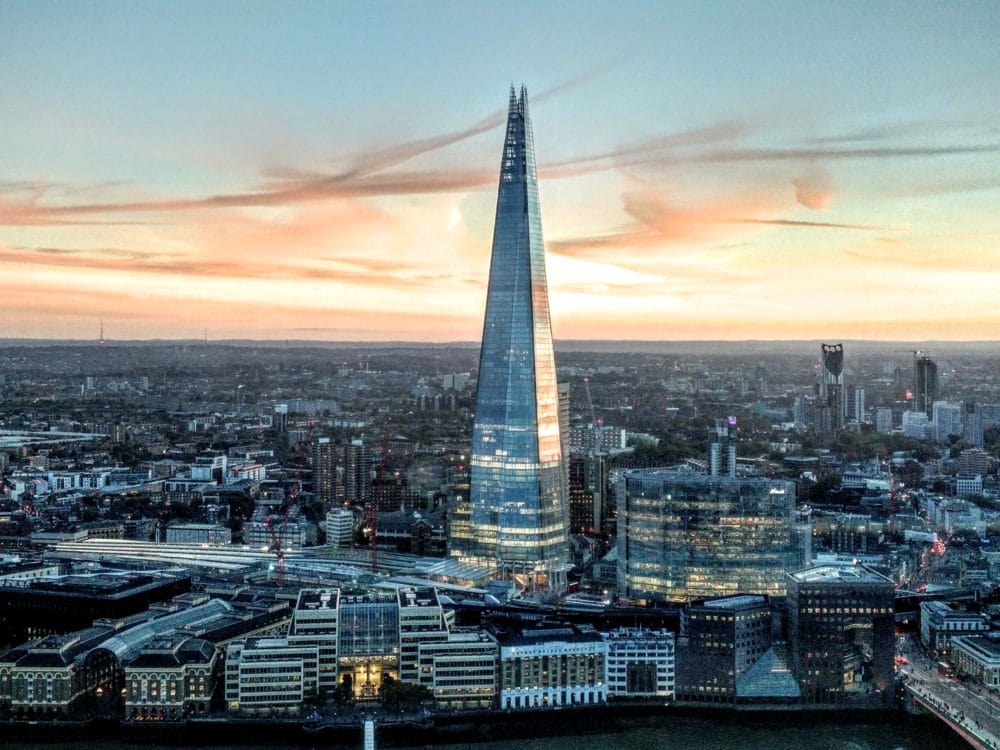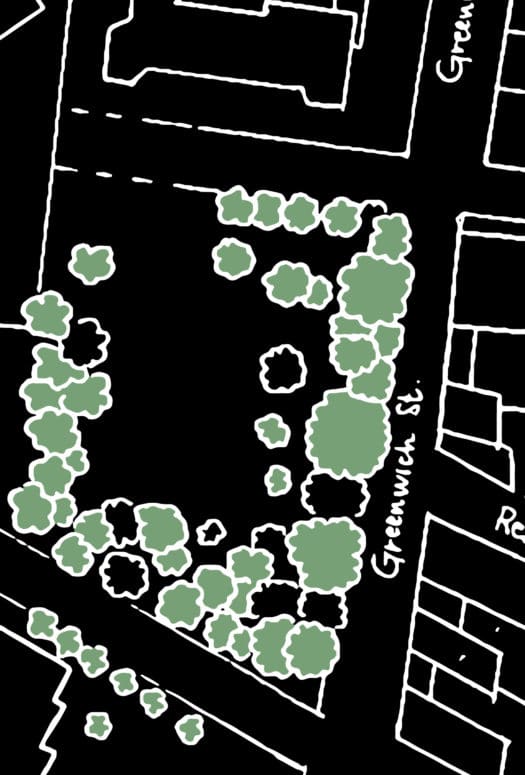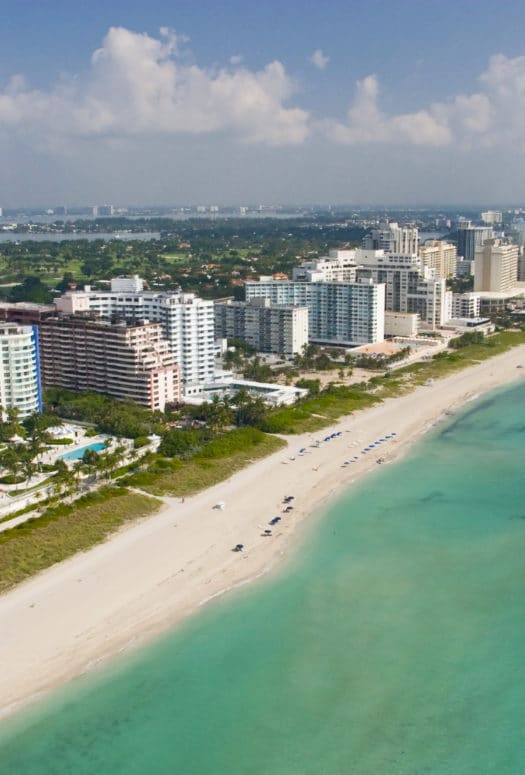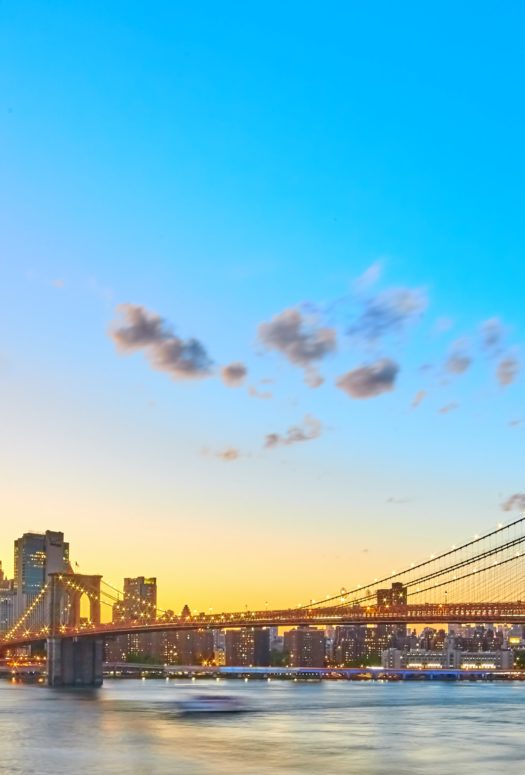Bankside Yards Brings New Offerings to One of London’s Oldest Districts
By: LX Collection
Something is stirring on Bankside, the district that runs on the south side of the Thames between Blackfriars Bridge and London Bridge.
Bankside Yards is a $1.6 billion regeneration project that will create 500 luxury homes, offices, and cultural enrichment and retail space. It will, says PLP Architecture—one of the firms behind Bankside Yards—”reinvigorate a large and under-utilised site” and “create a significant destination quarter.”
But this is just the latest chapter for a quarter that has been a center of culture since the days of the Romans. For centuries, Bankside has been anything but dull.
Centuries of Culture
Bankside is one of the oldest settlements in Britain. The discovered remains of ancient oyster shells and amphoras tell of the Roman fishing communities that once plied their trade here along the river bank.
The area’s real cultural awakening came in the time of the Tudors and Elizabethans—although it wasn’t an entirely savory awakening. Bankside, which lay across the water from the more respectable City of London, developed a reputation for its “stews” or brothels (sanctioned by the Bishop of Winchester, no less), raucous bear-baiting pits, gaming dens, bustling taverns, and all-round spectacles of indulgence, excess, and sinfulness.
From such seediness sprang something that came to define London: the theater. In particular, William Shakespeare made his name in the theaters of Bankside. At the Rose Theatre, the Bard might have watched original versions of Romeo and Juliet and Titus Andronicus performed—while at the nearby Globe, rowdy audiences enjoyed debuts of Hamlet, Measure for Measure, Othello, King Lear, and Macbeth.
Today’s Bankside
The Globe burned down in 1613, when a theatrical cannon misfired. A second theater was swiftly built, then torn down in the mid-17th century. But a faithful recreation rose from the flames in 1997, thanks to the efforts of American actor/director Sam Wanamaker. Once again, you can hear soliloquies from Hamlet and war cries from Henry V rise from the timber-framed icon.
It’s one of many landmark institutions in the Bankside area. Tucked behind the Globe is Borough Market—a trading spot with medieval roots, which today stocks artisan cheeses, meat pies, and organic vegetables, as well as housing traditional British pubs and the renowned Roast restaurant.
Around the corner is the Golden Hinde, a replica of Sir Francis Drake’s galleon, on which he circumnavigated the globe during the 16th century. This is more than merely a floating museum; the ship is sea-worthy and has completed round-the-world journeys, just like the original did. They do children’s sleepovers too.
The biggest Bankside attraction, though—luring in almost six million art lovers a year—is the Tate Modern. Here, in the cavernous halls of the former Bankside Power Station, visitors pore over Warhols, Rothkos, and Fontanas at one of the gallery’s after-hours sessions or admire the latest installation in the Turbine Hall before retreating to the restaurant for modern European dishes and views across to St Paul’s.
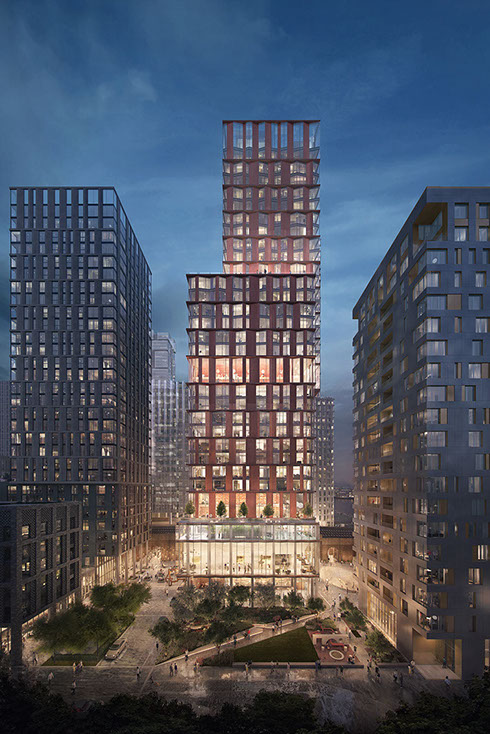 Photo Credit: AKT II
Photo Credit: AKT II
Tomorrow’s Bankside
Bankside finds it impossible to slow down, with cultural projects constantly under construction. Right now, the neighborhood’s Low Line (a nod, naturally, to NYC’s famous High Line) is gradually evolving. The ongoing project is encouraging retail, culture, and dining along the Victorian railway viaducts of Bankside. Already, foodies congregate in Flat Iron Square to cheer on rugby matches on oversized screens, devour chalet-style raclette from Après, and sip Slovenian wines at Tap & Bottle.
You can also download an app that plays 15 site-specific tracks along the Low Line, recorded by local artists. Each of the tracks can only be heard when you’re in the precise location.
With a similar remit, Bankside Yards promises to open up and rejuvenate even more of the Bankside District. While lucky residents of the 500 new apartments will soak up panoramic riverside views, the public will enjoy elevated gardens, landscaped spaces, and fresh pedestrian links to the Thames.
What’s more, Bankside Yards promises to definitively link up Bankside with its neighboring cultural district, the South Bank, and the slew of theaters, galleries, and dining options it already offers.
The Globe’s motto was “totus mundus agit histrionem”—all the world’s a stage. But it’s a fitting analogy for the whole of Bankside—somewhere that has long been a stage for rabble-rousers, fun-seekers, and culture-vultures.


